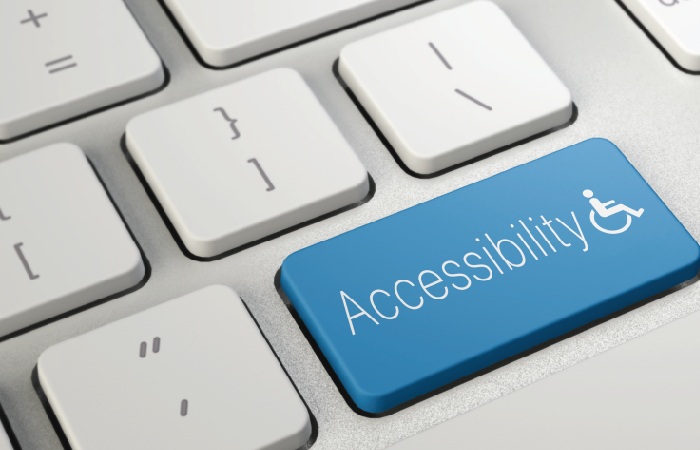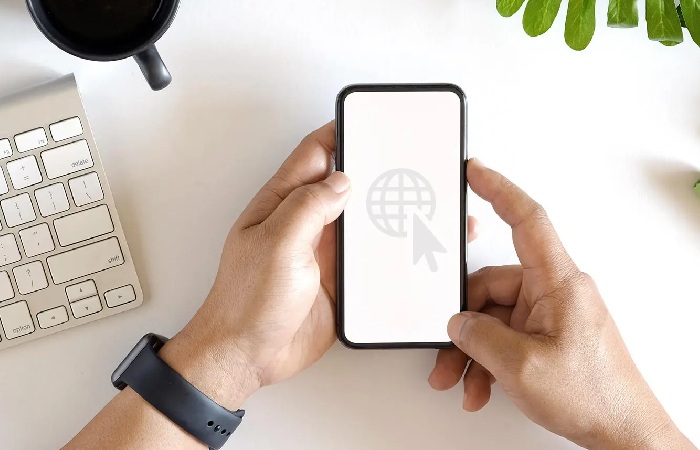Table of Contents
Make Sure your Website Supports the Keyboard
For a website to be accessible, it is essential to work without using a mouse. This is because several assistive technologies rely on keyboard-only navigation. So it must be possible to use all the main functions of your site through a keyboard and nothing else. This contains accessing all pages, links, content, etc.
The tab key is the most common way to navigate using a keyboard. The user will jump between areas of a page with ‘keyboard focus’, including links, buttons and forms. Therefore, your goal should be to confirm that all web content and navigation is accessible via the Tab key ( Tab ).
Using your web page by disconnecting the mouse is easy to test. If you find that you can’t access confident items or that navigation is difficult, you can identify those issues and fix them.
Add Alt Text to Images.
When you enter images in WordPress, you have probably seen this field.
Alternate Text Field Example
Screen readers also access alt text (called alt attributes, alt descriptions, or alt tags) to ‘read’ the image. Therefore, you can use this field to describe an idea, giving context to visually impaired users.
Choose your Colours Carefully

When creating a colour scheme for a website, make sure the foreground and background colours meet the minimum contrast level required. This is a contrast ratio of 4.5:1 for standard text and 3:1 for large text.
Suppose your entity already has some corporate colours defined and do not meet the minimum contrast. In that case, you can use the problematic colour or colours as a more subtle colour throughout the web design. Alternatively, it might be acceptable to darken or lighten a colour slightly to meet this point.
Use Headings to Structure your Content Correctly
Another critical task to make your web page accessible is to structure the content using headings ( H1, H2, H3 ). Doing this will make your content much cooler to appreciate.
Plus, clear headings also help screen readers interpret sections of your pages. This makes it much easier to navigate the web page.
Standards:
Only one H1 per page should be used, usually as the main title.
Subheadings start with H2, which can be further nested with H3, followed by H4. They must always use in order, so you should avoid using an H4 directly after an H2 (and so on).
Design Forms to be Accessible

Forms are standard on most web pages but must carefully design and logically organized. Instructions, keys to fill it out, compulsory form fields, field format requirements, etc. must know.
The most significant thing is to ensure that each field is consider as a user who is not visually impaired can easily match the labels to the corresponding field or option, but this may not be as obvious to a person using a screen reader.
It would be best if you also tried to provide instructions and information to complete the forms so that the user can easily understand the data they have to enter.
Do not Use Tables to Design.
When it comes to displaying data, tables come in handy. They make it easy for all users, including those using assistive technologies, to analyze a large amount of data.
It’s best to avoid using tables for everything other than tabular data. For sample, you should never use a table for plans, lists, or anything else, and this can be unclear to screen readers and similar devices.
Check that Resizing the Text Does Not Break the Web Page’s Structure

Most devices and browsers will allow users to change the size of text, which can be helpful for those with visual impairments. However, if you don’t build your web page to support this feature, changing the size of the text could break its layout or make it difficult to interact with the carrier.
It is good practice to avoid absolute units, such as specifying text size with pixels. Instead, it uses relative sizes, which allow text to scale depending on other content and screen size.
To ensure that your website meets these criteria, thoroughly test your font sizes by increasing the zoom level in your browser and see that the content does not become difficult to read or navigate.
Media Files
Auto-playing media files, i.e. music or videos starting when the page loads, can be very annoying, but the problem is even more prominent in terms of accessibility.
For example, supposing how to turn off auto play can be difficult when using a screen reader, while other users may be confused or even startled by the sudden noise. Therefore, you should avoid including elements that start automatically without being prompted by the user first.
Good Practices:
Audio: Includes a text transcript.
Video: Includes the description of the video.
Video with audio, you can add audio to video: Includes subtitles, text transcript, and a video description.
Don’t autoplay video. Allows the user to control the sound.
Make sure your users can control the player with the keyboard.
Conclusion
If you have read this entire post, you will already have a clear idea of the problems that users with different abilities can have when they “browse” your web page.
Making sure your website is usable and accessible to as many people as possible should be a priority for your organization. There is no reason to exclude anyone.
